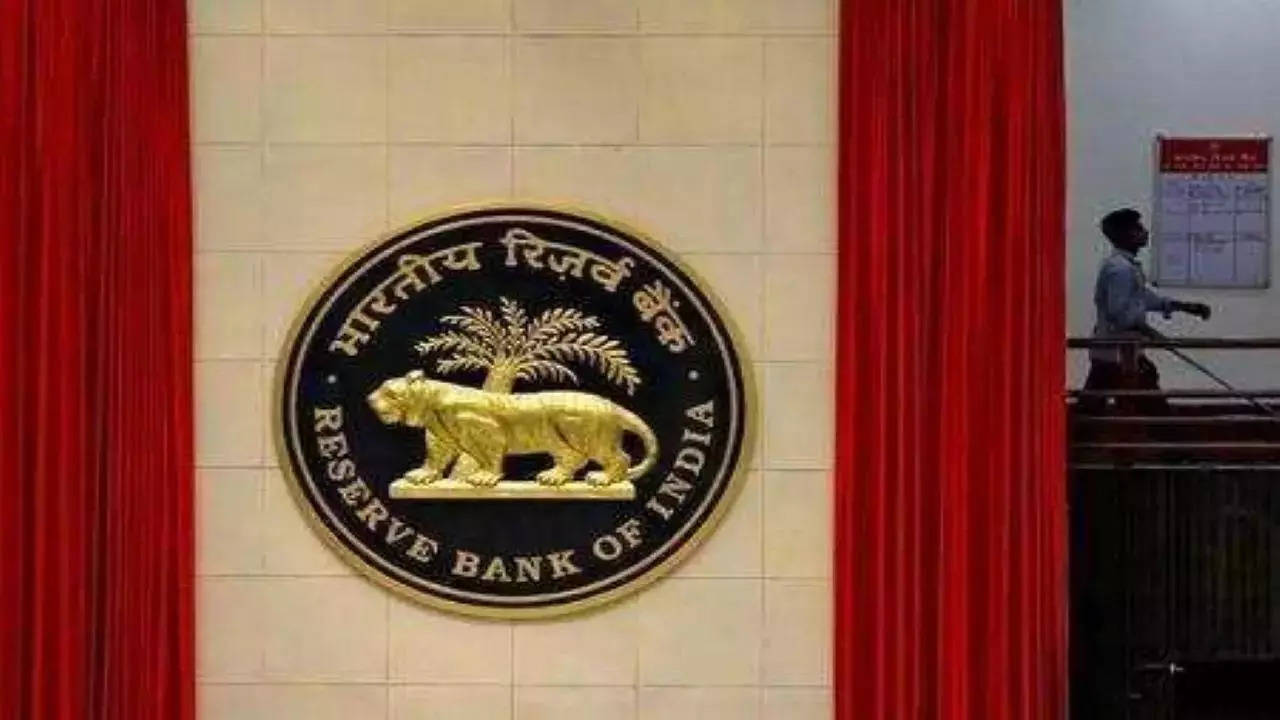
NEW DELHI: India’s central-bank watchers agree that interest rates will be raised to pre-pandemic levels on Friday, yet they are split on the size of the increase aimed at fighting inflation and propping up a weak currency.
Fifteen of 35 economists surveyed by Bloomberg as of Thursday morning see the Reserve Bank of India’s six-member monetary policy committee lifting the repurchase rate by half-point to 5.40%, a level last seen in August 2019. Fourteen of them predict a 35-basis point hike, five a quarter-point action and one for a 40 basis-point increase — with any of these moves seen enough to return borrowing cost to late 2019 levels.
With Federal Reserve officials signaling a pause is out of the question until they see evidence of inflation easing, RBI watchers will be closely monitoring governor Shaktikanta Das’s remarks for any guidance on the pace and length of the monetary tightening cycle as he seeks to ensure a “soft landing” for the economy. The central bank has increased the key rate by 90 basis points since May, including a half-point hike in June.
Here’s what to watch out out for in his remarks from 10 a.m. Mumbai:
Inflation forecast
While inflation has stayed above the RBI’s target ceiling of 6% since the beginning of the year, falling commodity prices may provide some scope for the central bank to suggest that pressures are easing.
“We expect the RBI’s commentary to soften a bit with an acknowledgment that inflation risks are receding,” said Pankaj Pathak, a fixed-income fund manager at Quantum Asset Management Co.
Inflation may have peaked in India, said Radhika Rao, a senior economist at DBS Bank Ltd. “Stable-to-weaker commodity prices, besides a hawkish central bank, are also likely to have a salutary impact on inflationary expectations,” she said.
Still, Rao expects RBI’s inflation and growth projections to stay unchanged at 6.7% and 7.2% respectively for the current fiscal year. Lack of rainfall in parts of India’s rice producing regions may cut production of the grain and complicate the RBI’s inflation battle.
Hike path
Even if the central bank goes soft on rate hikes, economists see the peak policy rate, or what’s usually referred to as the terminal rate, to be reached earlier than expected in the cycle.
“The RBI is expected to continue with ‘front-loading’ of its rate hikes at the upcoming policy,” said HDFC Bank Ltd. economist Abheek Barua.
Barclays Plc now sees the the policy rate rising to 5.50% by September from a prior forecast of mid-2023. That will signal that rates have reached neutral territory, its India-based economist Rahul Bajoria said, referring to a level where rates can help check inflation without stifling economic growth. He kept his projection for the terminal rate at 5.75%.
“From the bond markets perspective, much of this is already priced in,” said Quantum Asset’s Pathak. Benchmark 10-year bonds capped their first monthly gain this year in July and are extending the rally going into the policy review. Yields are down nearly 40 basis points from a three-year high of 7.6% seen in June.
Rupee, liquidity
While the rupee has hit a series of lows in recent months, dropping past 80 to a dollar in July, it has pulled back amid signs of returning foreign fund inflows. Dovish signals from the monetary authority may not sit well with the currency traders.
“RBI should keep a tab on interest rate differentials with the US to curb any build-up of speculative pressures on the INR, triggered by low implied yields that reduces the cost of shorting rupee,” ICICI Securities Primary Dealership Ltd. chief economist Prasanna Ananthasubramanian wrote in a note. “If RBI and MPC adopt a dovish posture, the risk of sharper declines in rupee grows more prominent.”
The markets will also seek assurances from the RBI that there’s ample liquidity and that the central bank is ready to implement measures to address any tightness.